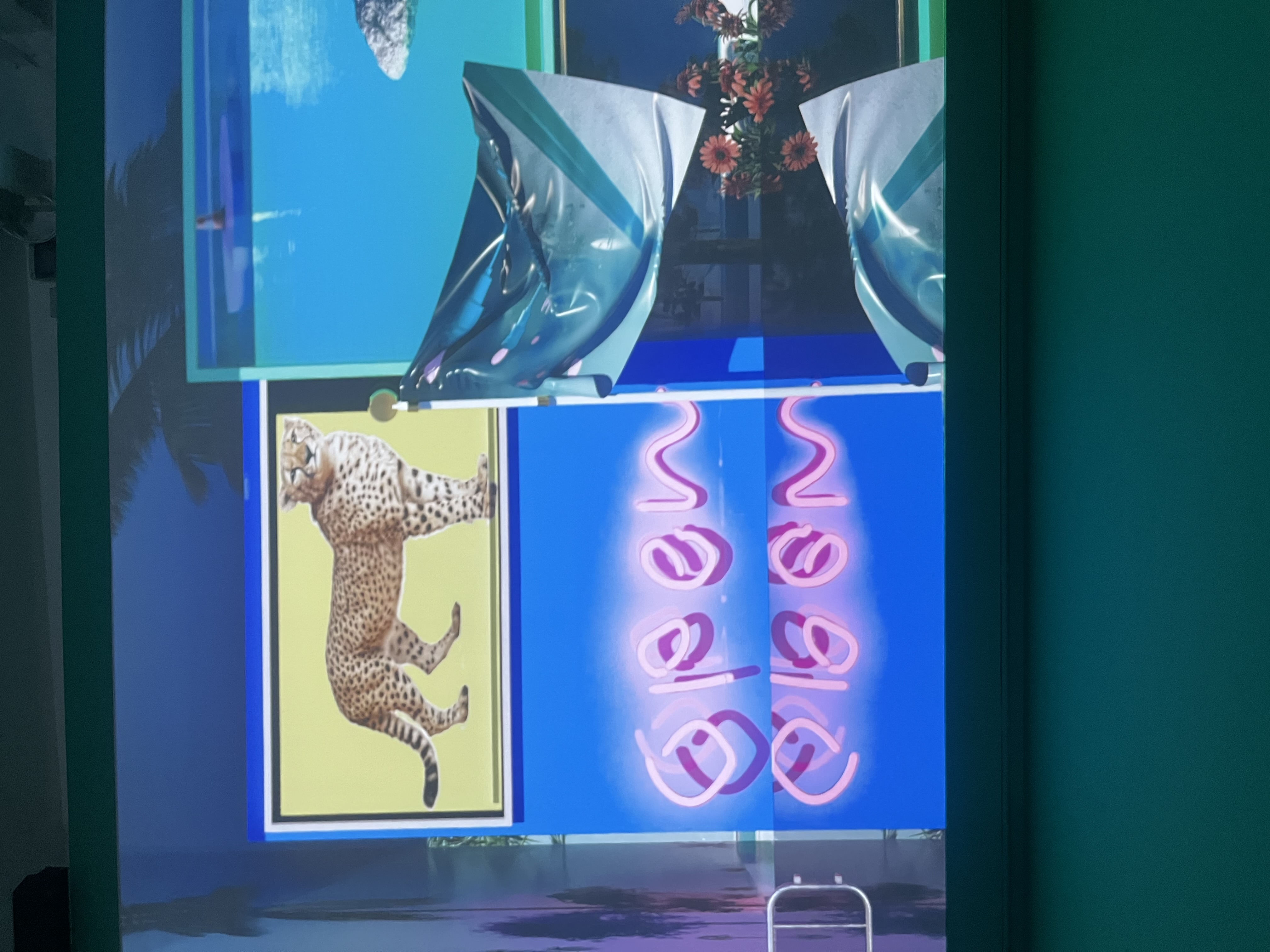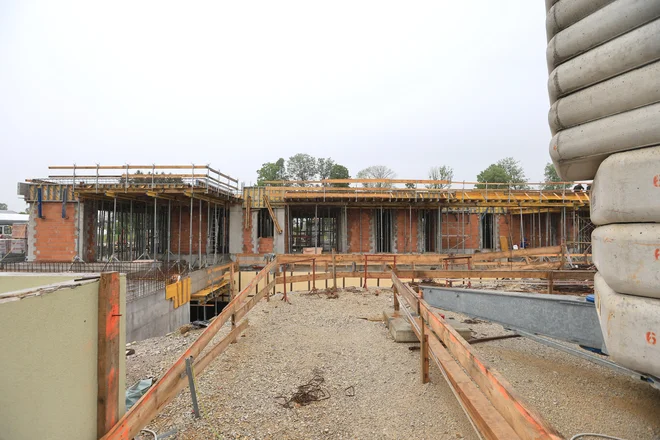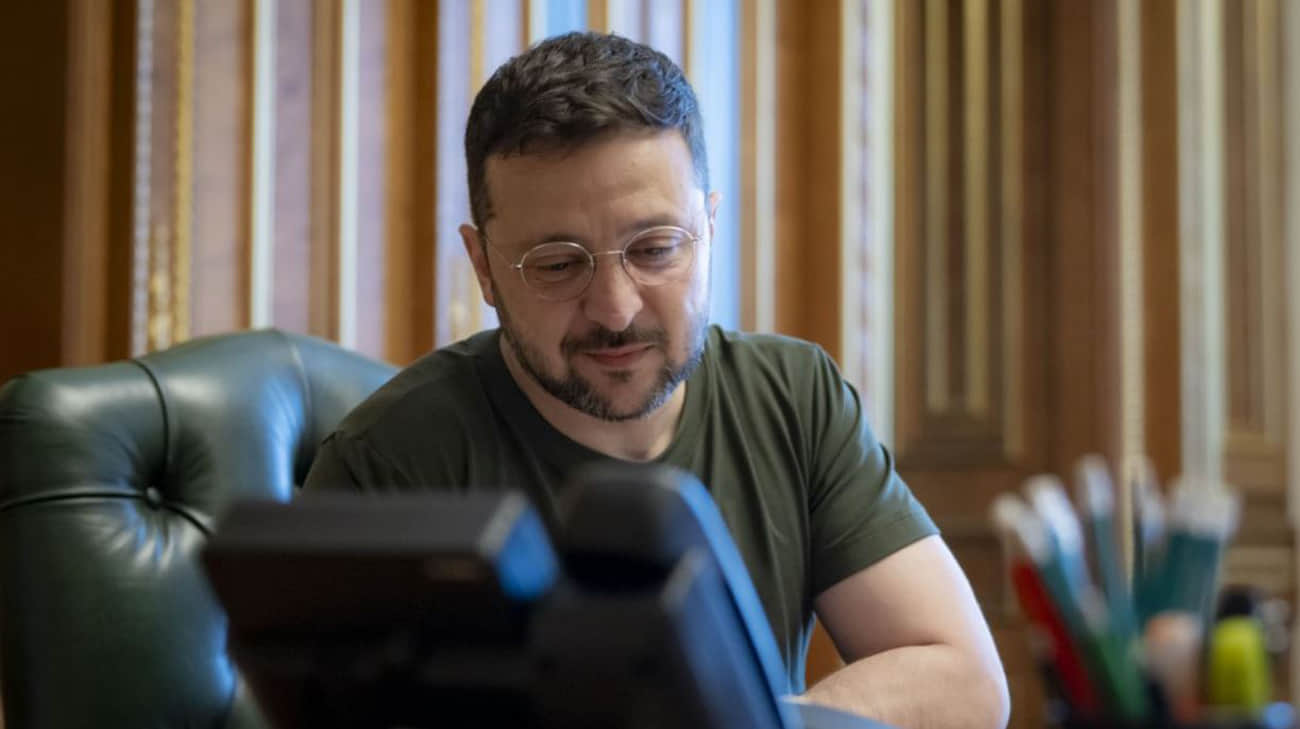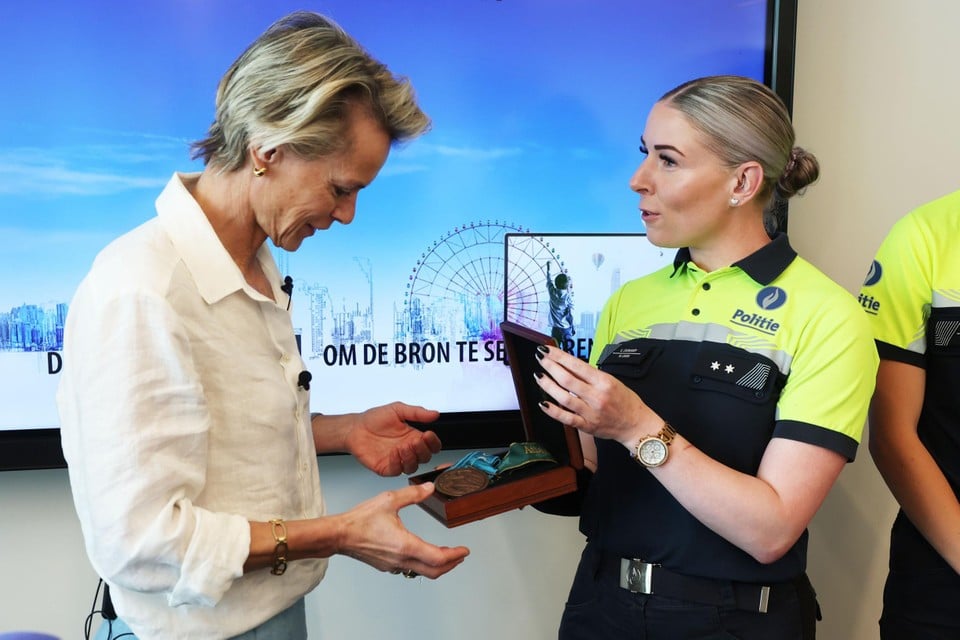If things also have a soul we have to listen to them. A Japanese theory for the Biennale Architecture

Concrete projects and others that embody human desires. The 19th international exhibition leaves room for everyone. But there is an imperative that occurs in all pavilions: the earth must be saved, the only place for now habitable
Michelangelo, observing his sculpted Moses, after having completed him, exclaimed: why don’t you speak? The marble, for the artist, had become flesh, had acquired a soul. The question posed by the project of the Japanese pavilion (at the 19th international exhibition of architecture of the Venice Biennale, directed by Carlo Ratti, just open), although « translated », is a little of this kind. A very conceptual project, between human and non -human, which focuses on the matter of which things are doneassumed that they have a soul and that they are able to interact with human beings, building a relationship Between these two worlds that in parallel inhabit the earth.
The starting point of the project was The concrete need to renovate the Japanese pavilion to achieve energy efficiency And hence a « metaphysical » reflection. Thus the project of the curator of the pavilion, Jun Aoki, « Directly « fictitiously disappears according to the structural scan of the different parts of which it is composed, » listening « to the soul of the walls, of the shelter, of the hole between one floor and anotherbut above all of the tree integrated into the same construction as a vital element. «Widening the view to our being one with nature. The company is experiencing a moment of extreme polarization that we, with this proposal, ideally want to harmonize ». But what do these things tell us? Here is the imaginary dialogue: the external walls complain of being painted in strange colors, of being weighed down by objects, of being affected by pointed tools. While the large tree has a lot to say, also from a historical point of view. « This garden was made by Napoleon two hundred years ago. It has always been a lush place. I am full of red fruits, whose birds must be gluttonous, but poisonous for human beings. »
The most visual part of the project entitled In-Boween (the Japanese word is butcommissioned by the Japan Foundation) is entrusted to two teams of artists – the first Taichi Sunayama and Toshikatsu Kiuchi, and the second Asako Fujikura with Takahiro Ohmura – authors of a video installation that plays on two narrative plans: on the one hand a movie with a group of actors who sit, like a family, around a table intent on consuming a meal, and to dialogue with each other. On the other hand flows A video -up whose images react to the content of the dialogues of these actors, even a single word is enough to generate a scene.
Among the exhibitions of the outboard, two retrospective visited to the scam of procuratie (who have enlarged their exhibition space), express the rigor precisely to architecture, with two characters who have interpreted it differently. The first of Harry Seidlerof Austrian origin (1923/2006, fled fifteen years old from an Vienna occupied by the Nazis during annexation) which was An important exponent of modernism, building iconic buildings in the adoptive Australia Like the MLC Center, the Ian Thorpe Aquatic Center, and also the Australian Embassy with other colleagues of the caliber of Marcel Breuer and Pier Luigi Nervi.
For many non -followers, the Korean landscape architect Jung Youngsun (84 years old), is a surprise although for 50 years It performs this practice with great success. She says that « landscape architecture can be a poem written on earth, and can deeply move. Just as the vision of the rainbow in the sky can make our hearts beat ». In her most diverse green architecture, she always moves from the principle of respect for the morphology of the territory. Numerous his projects presented on display, including that of 2010 to conversion of a stretch of railway (8.5 km) no longer in use, which connected the capital Seoul to Chuncheon, transformed into an urban park, however preserving the existing, or tracks and bridges.








